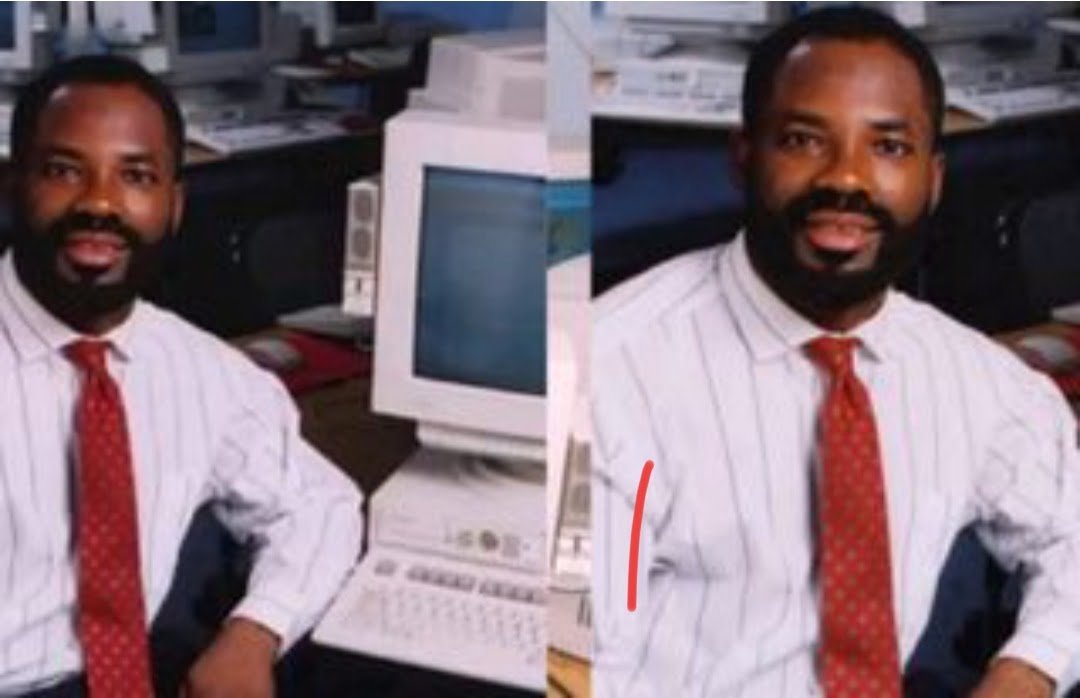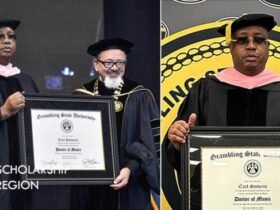A young Nigerian named Philip Emeagwali, also known by the moniker Calculus, has received praise for his astounding creation.
The smart young man received the Gordon Bell Prize in 1989 for creating high-performance computing programs that modeled oil reservoirs using computational fluid dynamics.
He had mastered mathematics by the time he was just 14 years old and could even out-calculate his teachers.
But he had to leave school because of money issues. Despite the difficulties, he persisted in his studies.
The University of London awarded him a general certificate of education as a result.
Philip was given a full scholarship to Oregon State University when he was 17 years old, where he majored in mathematics.
After graduating, he earned two master’s degrees from George Washington University, one in marine engineering and one in civil engineering.
In addition, he earned a Master’s degree in mathematics from the University of Maryland. He later graduated with a Ph.D. in civil engineering from the University of Michigan.
Philip’s most notable accomplishment was The Connection Machine, for which he created a program that resolved a 350-year-old packing problem that, as of 1989, was regarded as one of the most difficult unsolved mathematical puzzles.
The Connection Machine, the first supercomputer in history, used 65,000 parallel-connected computers to create the world’s fastest computer.
It was capable of more calculations per second-3.1 billion-than the Cray Supercomputer’s theoretical peak performance.
Philip then created the Hyperball computer, which could predict long-term trends in global warming.
Read Also: JAMB 2022: JAMB Cut Off Marks For All Universities, Polytechnics [See Full List]
The internet’s current capabilities are said to have their roots in the technology Philip created.






This information is inspirational for others to advance in life. Congratulations.
This is bogus. Find documentation that he did not write.
He is a charlatan and con artist. The internet started in the 1960s. He had nothing to do with it. He has never invented a computer. Please verify before posting.